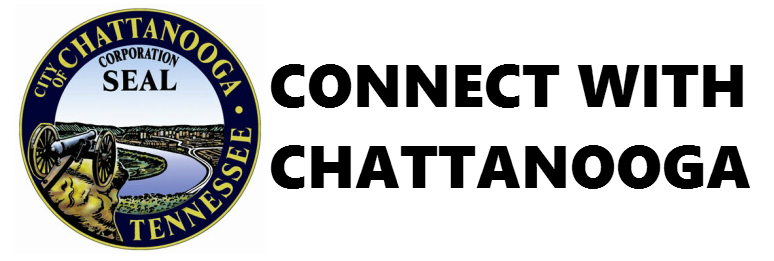East Chattanooga Is Rising

“This is about more than just a big economic development deal — this opens a new chapter in the story of this historic neighborhood.”
— Chattanooga Mayor Andy Berke
In 2013, the administration of newly-elected Mayor Andy Berke began working with the Chattanooga Housing Authority to buy the Harriet Tubman Housing site — a property which had suffered from years of neglect and disrepair.
“I knew it could be something more than old, low-income housing and I believed that people of East Chattanooga deserved more,” Mayor Berke said.
The City of Chattanooga closed on the site in March 2014 for $2.6 million. The mayor made it clear then that he intended to use the site to recruit jobs, as almost a century had passed since the last meaningful economic development to come to the area — a hosiery factory later became the Buster Brown plant.
The Tubman site had tremendous potential and some hurdles. The 44-acre site is the largest flat parcel in the county that also has utilities, access, and some wetlands issues. Between the purchase price and subsequent expenditures for demolition, maintenance, and sewer improvements, the City has invested $9.5 million in the last five years to prepare it for future investment and development.
To align with the mayor’s vision for job creation on the site, the City rezoned the property from R-3, which allowed only for residential development, to M-1, which allowed for light industrial use. Specific conditions prohibiting poultry processing, environmentally hazardous uses, and other potentially negative outcomes were placed on the property.
“Changing the zoning truly opened up a lot of possibilities here,” said Charita Allen, Deputy Administrator of Economic Development. “Our goal was job creation but in our conversations with the community, we knew they also wanted a mixed-use component as well.”
Bringing in a strong, skills-based employer was vital to building earning power within the surrounding community. The neighborhoods around the Tubman site has enduring historically low homeownership rates, low higher-educational attainment, and unemployment and crime rates higher than the rest of Chattanooga.
After years of courting numerous prospects, the City’s Office of Economic Development and the Chattanooga Area Chamber of Commerce found the ideal partner in Nippon Paint, USA, an automotive supplier looking to make a strategic move into the Southeast’s thriving car manufacturing sector.
On September 23, the City announced that it had reached an agreement withNippon Paint, USA, who will build a 270,000-square-foot facility on 40 acres of the Tubman site. Their $61 million investment will create 150 jobs over the next five to seven years.
“This is more than a big economic development deal — this investment opens a new chapter in the story of this historic neighborhood,” Mayor Berke said. “With a high-quality partner like Nippon Paint, USA, more East Chattanooga residents will live around the corner from a good-paying job.”
Nippon Paint’s commitment means jobs available in East Chattanooga paying an average hourly wage of $15 — $16, in addition to a commitment to sourcing as much labor as possible from the residential neighborhoodsnearest the facility, providing good jobs in areas where unemployment exceeds the community average and public transportation is often inadequate.
Nippon Paint USA is a wholly-owned subsidiary of Nippon Paint Holdings Co., Ltd. (NPHD) of Osaka, Japan. Nippon Paint is already a supplier to the Toyota factory near Huntsville, Alabama.
Nippon Paint intends to begin construction in January 2020 and hopes to have its first employees working there by mid-2020.
“Five years ago I stood on this site and asked what was going to benefit this community most — it is jobs,” Berke said. “And yet, even while Avondale and parts of East Chattanooga have struggled, the people here have never lost hope. They’ve never given up. They have always believed that their community’s best days are ahead. Those days are here at last.”
